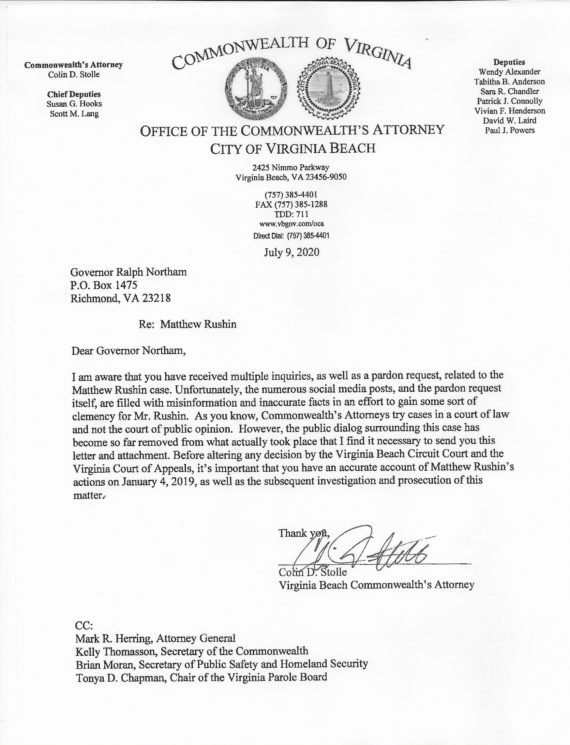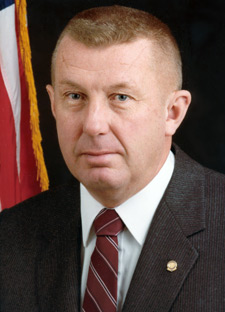
Bellingham, Washington police officers were disciplined by the department for driving a man with mental health issues from the Whatcom Transportation Authority (bus) station to a restaurant in the early hours of Sept. 19, 2019, intending to disrupt a group of off-duty officers in what they called a prank. Photo by Warren Sterling THE BELLINGHAM HERALD
(8-20-20) What could be funnier, four police officers agreed, then to use a severely mentally ill man to pull a prank on fellow officers who’d just finished their shift?
It seemed harmless enough. Their “pawn” was well-known to police having had 1,779 behavioral health contacts with law enforcement that generated a report between Jan. 1, 2019, through Aug. 4, 2020. He was frequently disrupted, yelling to himself, making those around him uncomfortable. One officer call him a “goof.”
Why not pick him up, drive him to a local restaurant, slip him $5 and send him inside to disrupt customers and the off-duty officers?
Although their pawn was disruptive, he thankfully wasn’t arrested or harmed, but news of this prank sparked community outrage in Bellingham, Washington, when it was revealed earlier this month and has caused the community to examine how it treats those with mental illness, according Karen Schilde, a board member of the Snohomish County chapter of the National Alliance on Mental Illness, who tipped me off in an email about the escapade.
Ever since George Floyd’s death, I’ve received emails and articles about persons with mental illnesses being abused by correctional officers and/or police officers. I believe and support the majority of our law enforcement officers who have empathy and do their jobs well. They protect us. But these reports about questionable actions by their peers are alarming.
In the last two months, I’ve posted four different blogs about alleged law enforcement abuse of individuals with mental illnesses.Click to continue…







